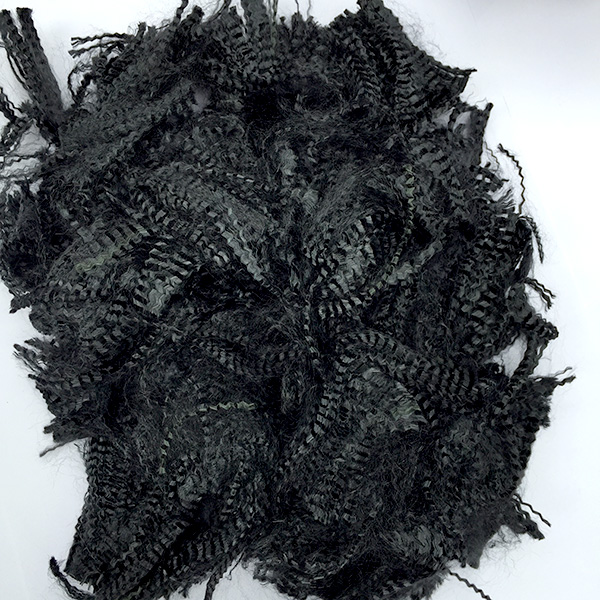The excellent properties of aramid fiber determine its use, making almost every industry in the national economy closely related to it. What are the characteristics of aramid staple fiber? Let's take a look.

1. Stable chemical properties
Aramid has excellent resistance to most chemicals, is resistant to most high concentrations of inorganic acids, and has good alkali resistance at room temperature.
2. Radiation resistance
Aramid has excellent radiation resistance. For example, under the long-term irradiation of 1.2×10-2 w/in2 ultraviolet rays and 1.72×108 rads of γ-rays, the intensity remains unchanged.
3. Durability
Aramid has excellent anti-friction and chemical resistance. After 100 times of washing, the fabrics treated with Newstar ® meta-aramid can still reach more than 85% of the original strength.
4. Good mechanical properties
Aramid is a kind of flexible polymer with higher breaking strength than ordinary polyester, cotton, nylon, etc. It has large elongation, soft handfeel and good spinnability. It can produce short fibers and filaments of different denier and length. Generally, textile machinery is made into different fabrics and woven into fabrics and non-woven fabrics. After finishing, it meets the requirements of protective garments in different fields.
5. Excellent flame retardancy and heat resistance
The meta-aramid has an oxygen index (LOI) greater than 28, so it does not continue to burn when it leaves the flame. The flame retardant properties of the Newstar ® meta-aramid are determined by its own chemical structure and are therefore a flame retardant fiber that does not reduce or lose flame retardancy due to time of use and washing. Newstar ® meta-aramid has good thermal stability and can be used continuously at 205 ° C, and can maintain high strength even at temperatures above 205 ° C. Newstar ® meta-aramid has a high decomposition temperature, and will not melt or melt under high temperature conditions, and carbonization will start when the temperature is higher than 370 °C.
